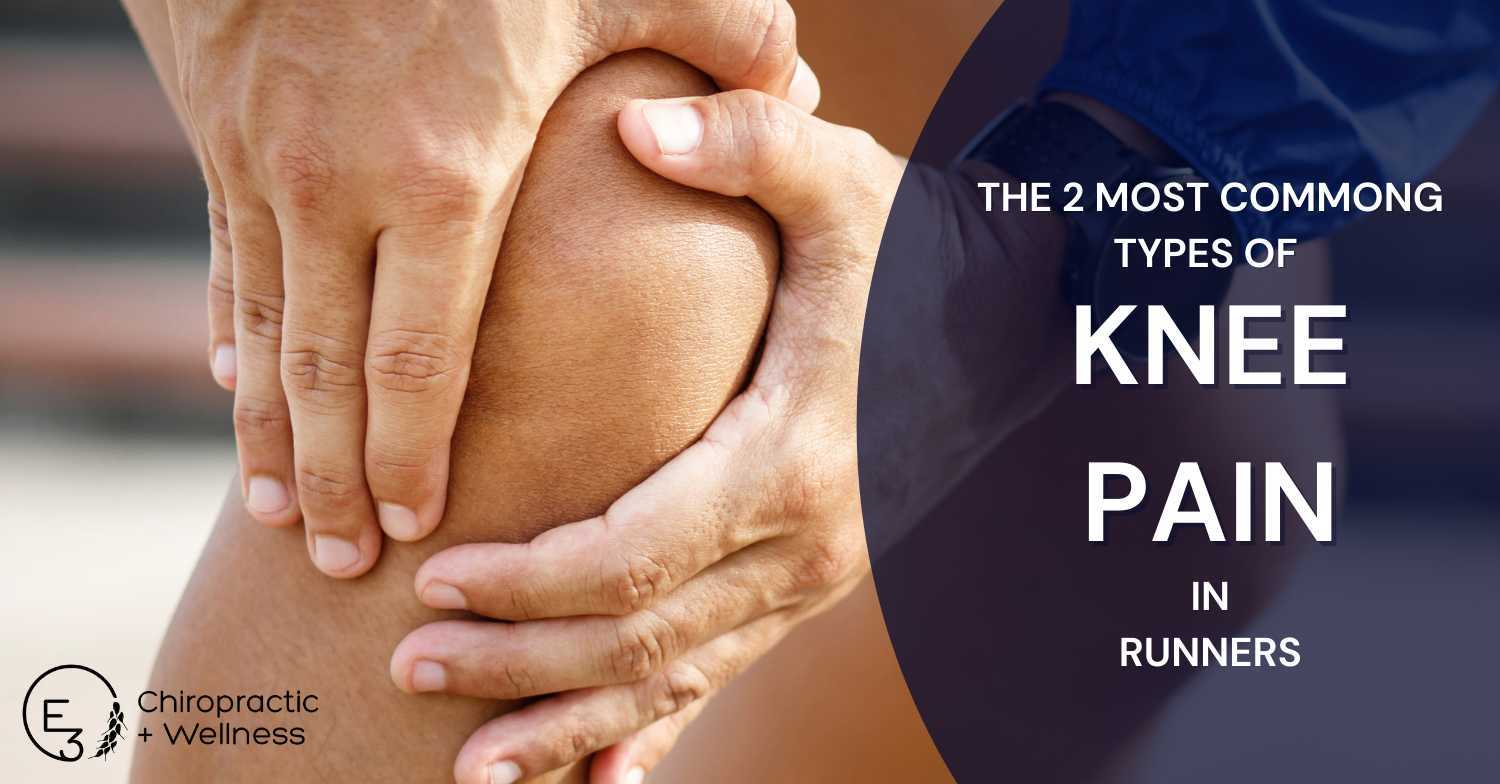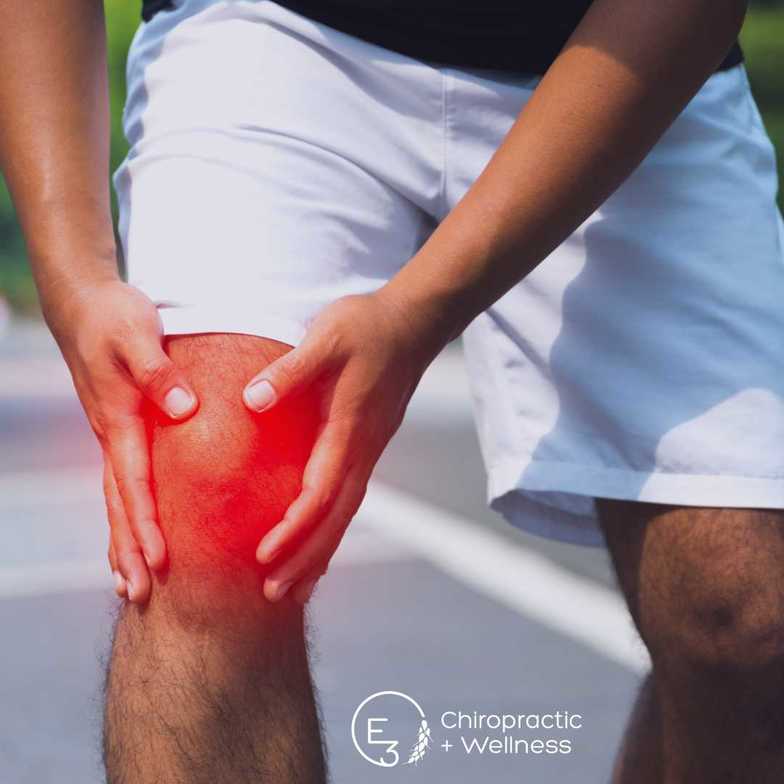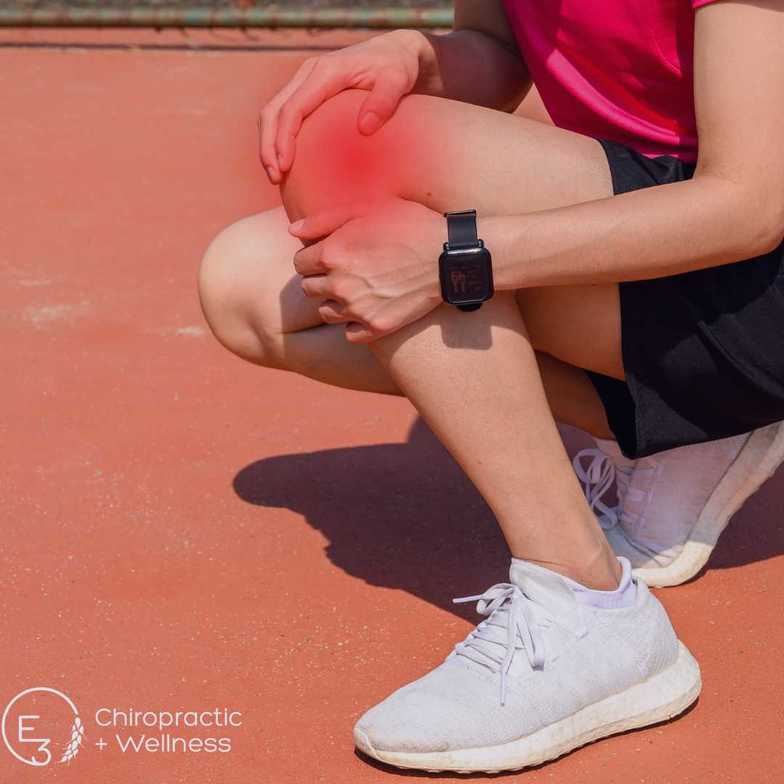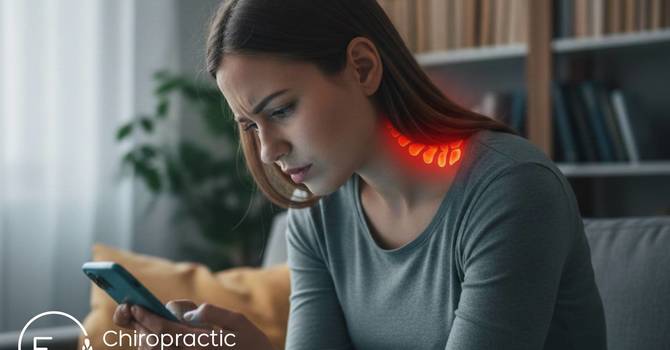
You are a runner, and you love running. However, you've noticed that knee pain is a common tag-along early in the year on many of your runs.
Knee Pain is notorious for taking all of the enjoyment out of running.
When it comes to running, two types of knee pain happen most often.
The first is Patellofemoral Pain (PFP) in the FRONT of the knee, and the second is Iliotibial Band (ITB) Pain on the OUTSIDE of the knee.
Neither is fun.
But neither one must be permanent nor keep you from hitting your running goals.
In fact, chances are good if you are a runner that you will experience either PFP or ITB pain at some point in your running career.
The WRONG thing to do is ignore it, keep running at your same intensity and volume, and just hope it goes away.
Let's talk about both types of pain and your first line of defence for both…
PATELLOFEMORAL PAIN (PFP)
Patellofemoral Pain (PFP) is pain located on the anterior aspect of the knee (the front).

The word sounds scary, but really it just means pain related to the patella (your knee cap) and your femur (your leg bone). Often, the tendon is involved and can be one of the primary pain generators for PFP. It tends to be MUCH more common in women (2-3 times as common in fact) and can take a long time to resolve (for some stubborn cases, it can last more than a year).
Pain tends to come on slowly and may or may not be present during every run.
In my experience, runs with a lot of downhill mileage are notorious for flaring up PFP. This is mainly due to how the quad muscles need to contract to stabilize the knee while travelling downhill, even at moderate grades.
One of the most common symptoms of PFP is pain with ascending and descending stairs.
Iliotibial Band Pain
Iliotibial Band Pain is pain located on the knee's lateral aspect, where the Iliotibial Band (ITB) connects to the lower leg bone (the tibia, which is your shin bone).

Like PFP, ITB Pain tends to come on slowly, but it rarely goes away without a fight once it comes.
The pain is often worse with early knee bending (when the knee is bent to about 30 degrees) and wreaks havoc on cycling and downhill running activities.
The function of the ITB is to preserve force while we are walking or running and stabilize the lateral knee. Pain comes on when the bursa (and fluid-filled sack) located deep to the ITB insertion becomes irritated.
ITB pain is often intense and debilitating.
WHAT TO DO ABOUT RUNNING KNEE PAIN?
THE TYPICAL CYCLE OF RUNNING INJURIES…
Unfortunately… most running injuries tend to follow this pattern:
Initial Injury from too much running volume
1. Runner takes a couple of days off because of the pain
2. The pain gets better because the pain trigger (running) is absent, but because they took time off, their tissue fitness also decreased
3. Runner returns to running at their usual pace and volume without building the tissue tolerance back up or following a progressive plan
4. The runner gets injured AGAIN and starts the cycle all over.
THE E3 STRATEGY
Regardless of the type of knee pain, the approach remains pretty much the same, with some subtle tweaks.
The first step is to try and rule out something worse, PFP or ITB Pain, which are both 'non-complex' biomechanical conditions. We want to make sure it isn't more severe like a bone-stress injury (stress fracture), connective tissue injury like a meniscus tear or ligament damage, or infection/disease-related. We can't always rule these things out, but we try and be as confident as possible that the pain is in fact, something we can deal with conservatively (without drugs/injections or surgery).
Don't misinterpret the above information, though. Just because something isn't 'medically' serious doesn't mean the pain isn't severe or debilitating.
IF the pain does in fact, fall into the category of either PFP or ITB Pain, we take a 3-step approach to managing, fixing, and preventing the condition from coming back.
Step 1: GET OUT OF PAIN
Step 2: GET STRONG
Step 3: GET BACK TO THE ACTIVITIES YOU LOVE
If you or a loved one is experiencing knee pain that prevents them from enjoying running this season, E3 Chiropractic is here! We will tailor a treatment plan specifically for your needs so that you can get back to enjoying your favourite activities!
Click HERE to book an appointment today!





